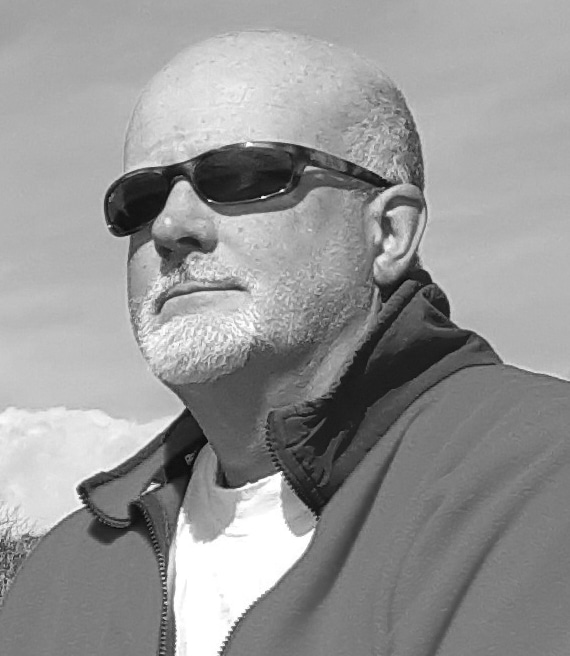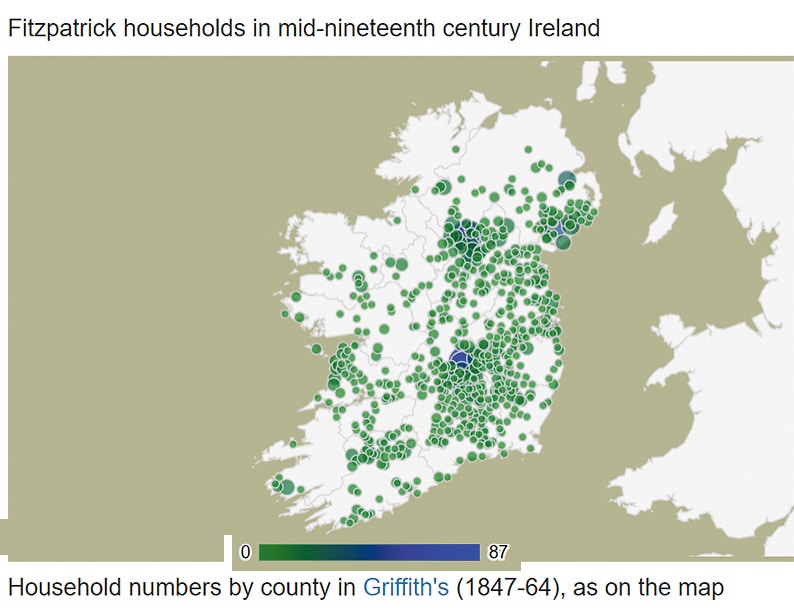
The DNA of West Cork People
Mark Grace is a genetic genealogist and family historian at Ballynoe House, Ardfield, Co. Cork
This month provides the first of three articles covering the MENNIS family. If you have DNA tested and related to any of these families, do get in touch and consider adding your DNA information to the project. My wife’s ancestry is genetically-proven to her three-times great grandparents, which also reaches the boundary-defining available church records in County Cork. This provides a solid and verifiable dataset for anyone finding a close match potentially within this genealogical timeframe.
MENNIS – an introduction
Having all but disappeared as a surname in West Cork, MENNIS is interwoven with local family history for more than 250 years. As my most extensive and successful West Cork genealogical and DNA project it justifies several columns. Over the years, several articles have appeared in local historical journals discussing the family. A book on the family has been published in Australia. While much of what has been written is fundamentally correct, several family stories have been subsequently disproven by birth, marriage and death certificates that are now freely available online; supported by DNA matching.
MENNIS or MINNIS is a spelling found in Ireland, with MENNIS the rarer form found in County Cork (only five heads of household in 1901, all Catholic). MINNIS is associated with Northern Ireland (53 heads of household in 1901, the majority being Protestant). As an ‘Irish’ surname it may be a corruption of a Planter surname, with the original surname being Scottish ‘MENNIS’ or even ‘MENZIE’, which may also explain family stories of Presbyterian roots. There is no Y-DNA data available to indicate the origins of the male line or whether MINNIS is part of the same family.
Even though the family is small (less than 120 individuals within County Cork over a period of 200 years) research was complex. Having the historical framework for a skeleton tree from Irish family legend was important. Such stories prove to be remarkably robust when supporting records and matching DNA are found. Most of the MENNIS family shared first names, lived in the same area, and had the same occupations. As not all baptism and marriage records can be located, it is easy to make wrong assumptions. The overall lack of records has led many early online researchers astray. Based on family documents it is a story that appears to go back to the end of the 1600’s and there are still some unresolved tales in the historical period.
The date of the arrival of the MENNIS family in West Cork is unclear (but prior to first church records in Dunmanway c1819). The name reduced to a few living individuals in the C21st due to less offspring along male lines; a combination of male farmers who did not marry, men who entered the church and ongoing Irish emigration. Branches of this family do continue outside of West Cork, both overseas (directly to Australia, Canada & the US (New York)) and present-day Navan, County Meath, by way of C20th Ballycastle, County Mayo. A couple of modern branches have settled in England.
Any male direct descendant of these lines can help contribute to understanding by providing their Y-DNA to the MINNIS DNA Study on FamilyTreeDNA. This will establish the male genetic haplotype and therefore the overall position in the human family tree. Genetic matches should prove that the West Cork families are related to MENNIS or MINNIS families elsewhere, with an original family in Ulster or Great Britain before then. If interested, please contact the MENNIS project administrator Jerry MINNIS (via FamilyTreeDNA) for advice. Please share your result.
The story of the MENNIS family in County Cork continues next month.
FITZPATRICK families (response to June 2022 article)
Thank you for emails received concerning potential relationships in the wider Rosscarbery area. As a commentary, due to the concentration of the FITZPATRICK name in West Cork, one can suppose that the family started with a small family group which has since expanded district wide. This could explain the West Cork cluster on the mid-19th century surname map pictured here (c/o John Grenham).
The family I have investigated lived around Coolcraheen and Derryduff near Rosscarbery. There is another family in and around Barley Hill. It is entirely possible that all the families are genetically related, however there is no suggestion from the DNA evidence I have that they are connected within the genealogical and genetic timeframe defined by the start of available church records. I have not seen my wife’s DNA match to the FITZPATRICK name outside of these townlands. By its nature, atDNA is limited to matching six to 10 generation out, which means it remains unverified by paper after about four or five generations, depending on your age, once you reach the early C19th in West Cork.

For anyone who is interested in the deeper connection, having men of the name from various areas around West Cork to take a Y-DNA test will enable a comparison of their assigned haplogroups (as defined by the male human family tree going back 200,000 years or so). The amount of detail in the result will be proportional to the amount spent on the tests. However, a moderately sized test should determine if they are the same genetic family and not sharing just a family name. If so, then your question of whether all the local families have the same origin would be answered. The Y-DNA test (see FamilyTreeDNA (’FTDNA’) website for more information) is based on the male Y chromosome, which is passed on unchanged from father to son. Any test results should be added to the international project on FTDNA (www.familytreedna.com/groups/fitzpatrick/about). As of April, there are over 650 tester in the project and the most recent report suggests Y-DNA has defined the County Cork subset and more detail of their origins may emerge.
Comments, questions, and issues that can be answered as part of future articles can be emailed to DNAmatchingprojects@gmail.com or follow the West Cork DNA projects on Facebook blog ‘My Irish Genealogy & DNA’.


